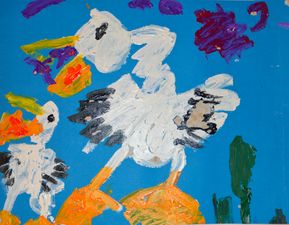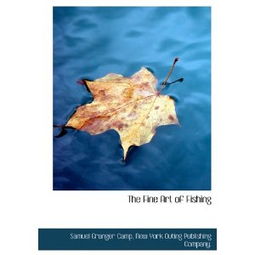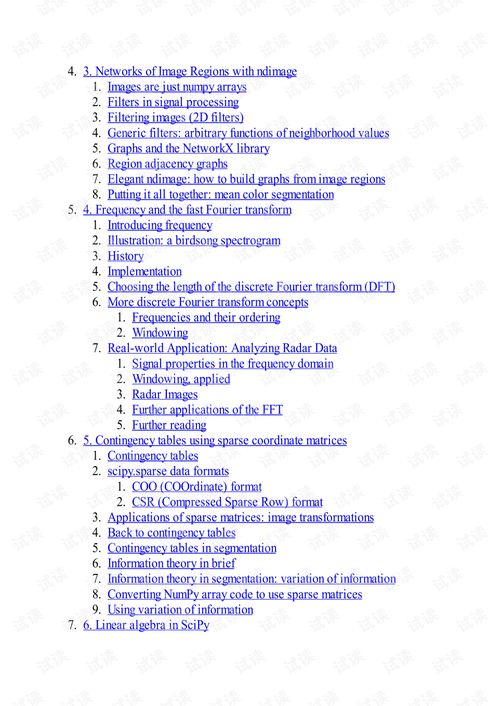Content:
Introduction: Pond fishing is a popular outdoor activity that offers a peaceful escape from the hustle and bustle of everyday life. Whether you are a beginner or an experienced angler, mastering the skill of reading the bait float is essential for a successful fishing trip. In this article, we will explore the various techniques and tips for interpreting the movements of the bait float, helping you become a more proficient pond fisherman.
Understanding the Bait Float: The bait float is a crucial tool in pond fishing, allowing anglers to detect the presence of fish and determine when to strike. It is a buoyant device that sits on the water's surface, connected to the fishing line by a leader. The float is designed to move and dip in response to the movements of the bait and the presence of fish.
1 Types of Bait Floats: There are several types of bait floats available for pond fishing, each with its own unique features and benefits. The most common types include the sliding float, the static float, and the indicator float. Understanding the differences between these floats is essential for selecting the right one for your fishing needs.
2 Choosing the Right Bait Float: To choose the right bait float, consider the following factors:
- Fish species: Different fish species have varying preferences when it comes to bait presentation. For example, some fish may be more attracted to a slower, more erratic movement, while others may prefer a more subtle, consistent action.
- Water conditions: The visibility and clarity of the water can impact your choice of bait float. In murky water, a more visible float may be preferable, while in clear water, a smaller, less visible float may be more effective.
- Distance from the shore: If you are fishing from a distance, a float with a longer leader may be necessary to reach the desired depth.
Learning to Read the Bait Float: Reading the bait float involves observing its movements and interpreting them to determine the presence of fish and the best time to strike. Here are some common float movements and their meanings:
1 The Float Stays Stationary: If the float remains stationary for an extended period, it could indicate that a fish is inspecting the bait. In this case, be patient and wait for the float to move before striking.
2 The Float Sinks Slowly: A gradual sinking of the float may suggest that a fish is approaching the bait from below. Wait for the float to stabilize and then gently tug on the line to encourage the fish to take the bait.

3 The Float Bobs Up and Down: This movement indicates that a fish is actively feeding and may be striking at the bait. In this situation, it is crucial to be quick and responsive, as the fish may take the bait at any moment.
4 The Float Moves Side to Side: Side-to-side movements of the float can indicate that a fish is circling the bait. This is a good opportunity to try a more aggressive retrieve, as the fish may be preparing to strike.
5 The Float Suddenly Sinks: If the float suddenly sinks, it is a strong indication that a fish has taken the bait. Do not panic; instead, maintain tension on the line and gently set the hook by pulling back on the rod.
Additional Tips for Reading the Bait Float:
- Pay attention to the water's surface: A sudden disturbance or a bubble trail can indicate the presence of a fish.
- Adjust your fishing technique: Experiment with different retrieves, speeds, and depths to find what works best for the fish you are targeting.
- Use a sharp hook: A well-hooked bait is more likely to be taken by a fish.
- Be patient: Pond fishing can be unpredictable, so maintaining patience and perseverance is key to success.
Conclusion: Mastering the skill of reading the bait float is essential for becoming a proficient pond fisherman. By understanding the various float movements and their meanings, you can improve your chances of catching fish and enjoy a more successful fishing trip. Remember to be patient, attentive, and adaptable as you refine your techniques on the water. Happy fishing!












